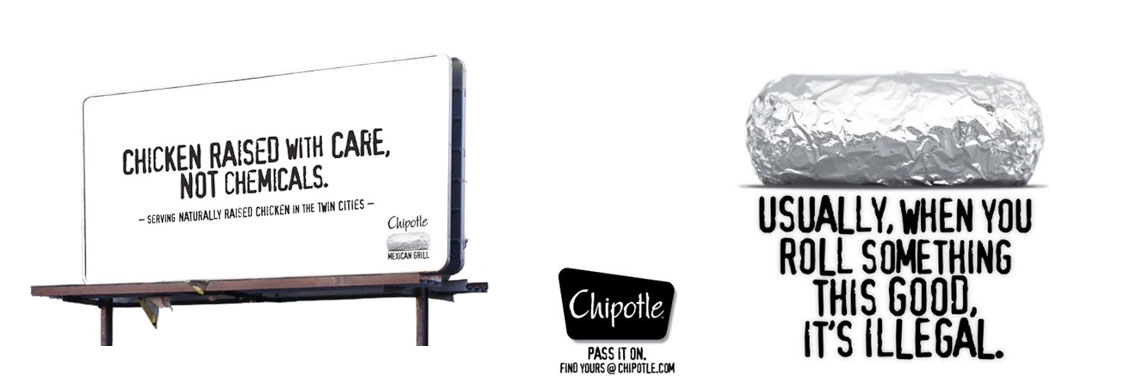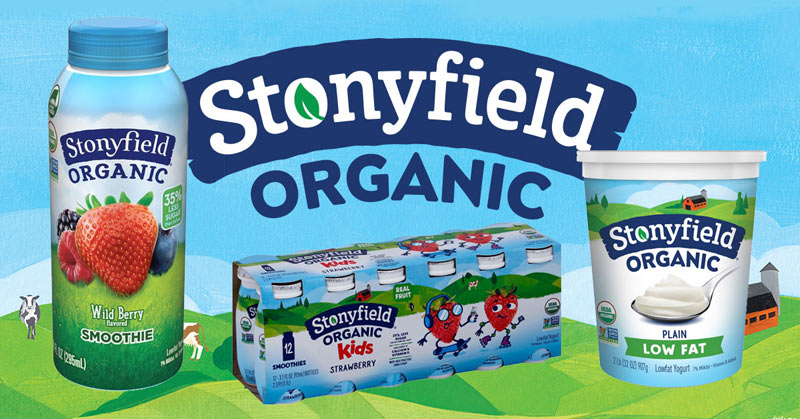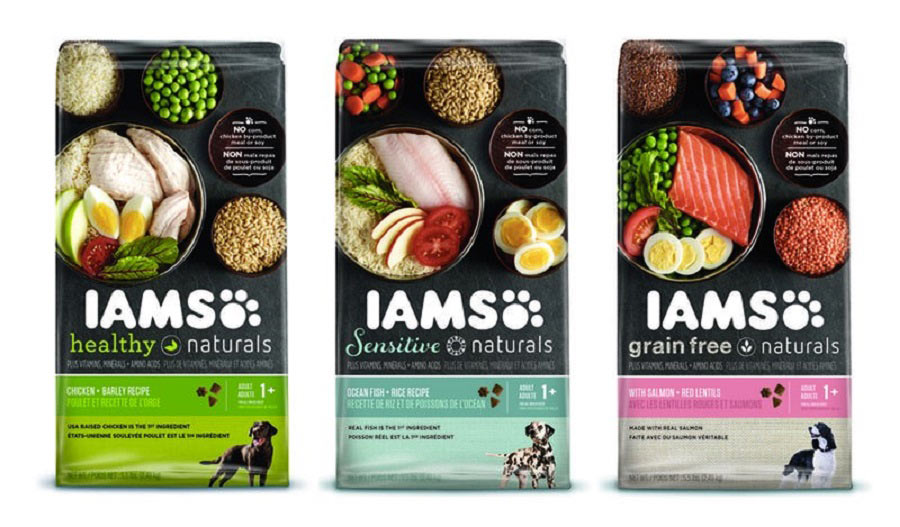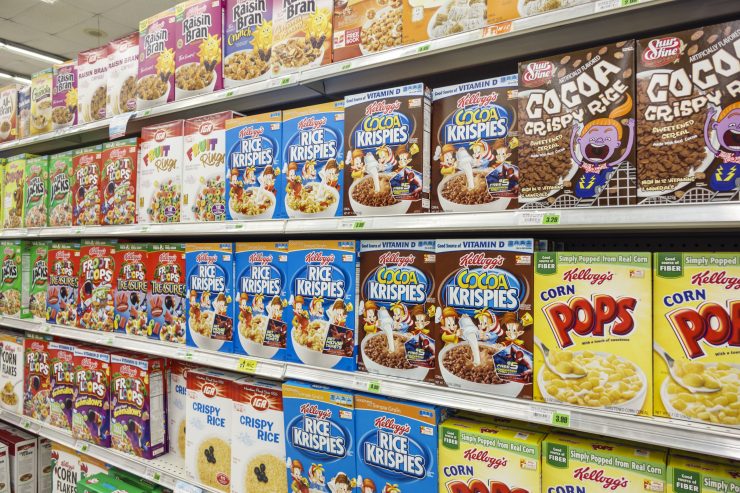How To Build Your Food Business Part 1
So you’ve concocted the most amazing food product and it’s a hit at all of your dinner parties. Your family and friends go crazy for your dish and you’ve started to consider that there might be other people out there that would too. You’re now looking to break into the fast-paced, competitive world of the food industry, but you have no clue where to start? If your thinking of starting your own food business, then we have the information you need.
How To Build Your Food Business
In this two-part series on how to market your food product, we will cover the four main areas needed to make your food business a roaring success. These areas include branding, packaging & labeling, marketing tactics and channel distribution. Today we will specifically focus on building your brand and how to use packaging and labeling to promote it.
Getting Your Food Business Started
What is your product? Who would want it? And where would they buy it?
Before you can build your brand you have to take a deep look at the product you are trying to sell and the people you are trying to sell it to. This process usually involves asking yourself a wide range of questions. First ask yourself who your target audience is and then dissect the lives of the people that are most likely to consume your product.
Who are they? Where do they eat? At home? In restaurants? Fast food joints? Where do they shop and what do they shop for? Ingredients or pre-made meals? Go beyond the obvious questions of where they would most likely encounter food products and look into other areas of their lives.
What do they read? Magazines? Food recipe blogs? What do they watch on TV? Slice? HGTV? The Food Network? Or better yet, ask yourself what social media pages your target audience likes or subscribes to. Are they following a food channel on YouTube or are they avid watchers of the Tasty recipe videos on Facebook?
Sometimes it may seem like there are more questions than there are answers and if this is the case for you, don’t get discouraged! Finding the answers to all of these questions may be tedious and require some intense thinking and reflection, but in the end it will allow you to market your product much more effectively.
When you’ve finally narrowed down your ideal consumer for your food business, then you need to consider where your product will fit in. Based on your target audience you’ll need to decide where you are going to sell your product. Does your ideal consumer shop in grocery stores, farmer’s markets, or through catering companies? Maybe your ideal consumer shops online, at ethnic food retail stores, or health food stores?
All of these questions are important right from the very beginning. You can’t successfully market your food product if you don’t even know who you want to market it to, or even where you want to market it. Once you’ve answered this list of questions, which feels almost as extensive as the 2016 Canadian census, you can move onto the second step of marketing your food product – building your brand.
Food Business Brand Experience
Creating a great brand and providing a positive brand experience (1) are both very important when it comes to competing in the food industry. Brand experiences can illicit positive sensations, feelings and behavioural responses, and create brand loyalty for your food product. If you think about the way people talk about food you can see why building a great brand is so important. People are constantly sharing recipes, having dinner parties and hosting backyard BBQs. Food evokes sensations of pleasure, bonding and relaxation, and you want your product to stimulate those same feelings. Creating a brand experience that people can connect with is as simple as telling a story about your company and your product.
Telling Your Story
Brand experience is extremely subjective and this is why knowing your target consumer is so important. To connect with and relate to your audience, you need to build a brand and tell a story that aligns with their value systems. To start, choose a slogan or a statement that your product embodies and use it throughout all of your brand’s touch points. This includes in your brand’s messaging (your story and advertisements), packaging and labeling, store posters, on your product website, and your social media platforms.
Chipotle is a great example of a company that has built a strong brand identity through their company’s story. Their story is about their philosophy of “Food with Integrity,” which is an approach to business that highlights unprocessed, seasonal, family-farmed, sustainable, nutritious, naturally raised, hormone free, organic, real food. Sounds like a mouthful right? Well just by saying “Food with Integrity” and promoting that story in their advertising and messaging, the consumer knows that Chipotle’s products are all of the things listed above.
Chipotle – Back to the Start from Nexus Studios on Vimeo.
Chipotle’s story follows current trends in the food industry that has seen a shift (2)from fast-food and factory-farmed products to local, family-farmed and organic foods. People are now concerned with hormones, pesticides and GMOS and want to avoid these in the food products they consume. Fortune’s SurveyMonkey poll (3)showed that 77% of the American respondents were trying to eat healthier, indicating that a large majority of consumers want their food to be as pure as possible.
Chipotle’s story follows suit and reassures consumers that their products are family-farmed, organic, pure and real. But Chipotle doesn’t stop with just having a great story that relates to current trends and their target audience, they also make their story known by using creative, bold and most importantly, memorable marketing campaigns.
Their billboard marketing campaign is just one example of this.

These billboards hold our interest, they stand out and they cause us to take action to try the restaurant or product because it has the same value systems as we do. I want to eat healthier, avoid pesticides and antibiotics, and so I will now try Chipotle because they create products with those values in mind.
You’re company’s story is an important part of building your brand and creating a positive brand experience for your consumers, one that they can believe in and share with their friends. Building a brand that people can trust also plays an important role in creating consumer loyalty to your brand and product.
So you’ve created a great story that your target audience believes in and is moved by. They’ve seen your bold billboard advertisements on their drive to work, or they’ve seen your ad on TV while lounging on the couch at home. But making your consumer aware of your product and brand, and having them actually purchase your product are two different things. This is where packaging and labeling comes into play.
Food Packaging & Labeling
Packaging and labeling can single-handedly make or break your food business. The packaging and labeling of your product plays a huge role in whether it gets picked up by retailers, whether it gets a prime location on the shelf, and finally, whether consumer’s will actually pick it up, put it in their carts and purchase it. If your product makes it onto the shelf of a giant grocery store chain, it will be just one item in a store that sells more than 42,000 products. How will yours stand out? Because packaging will play such a large role in getting your product onto and off of store shelves, it is critical that you spend time perfecting it. To do this, you need to focus on the six main areas of creating a successful food packaging design. These include:
Construction What type of container will support your product? Should it be flexible or rigid? Perhaps consumers would like to actually see the product inside of the container before purchasing it. Is there a way to include a window in the packaging to show the product inside? Another important part of the construction of your packaging is to allow the right amount of space for messaging such as your company’s slogan, logo an even images that relate to your story. Stonyfield’s yogurt packaging is a good example of how a company can use packaging and labeling to promote their brand message. 
Stonyfield uses similar images across all of their yogurt products. Whether it is their single serving yogurt cups, their individual super smoothies or their regular 32 oz containers of yogurt, the same image of cows grazing freely in an open field is pictured front and centre. This image of real free-range cows promotes the fact that this product is natural and organic, which coincides with Stonyfield’s messaging of being “organic before organic was cool” and selling products that are made without the use of artificial hormones and GMOs.
Ease of storage and distribution You want to make sure that your product can be stored and distributed safely and efficiently. As a result, your packaging needs to be able to withstand being shipped, stacked and stored.
Shelf life While it is every aspiring food entrepreneur’s dream to have a product that retailers can’t keep on the shelves (because the demand is just too high for the supply), it’s important to think practically. You need to consider how long your product will last before expiring, and design packaging that can extend your product’s shelf life.
Convey information While you’ve left space for your company’s messaging when planning the construction of your packaging, now you need to decide the best way to convey that messaging. This includes things like the product’s ingredients, nutritional facts, using food photography, slogans, and logos. This is where brand identity comes into play and you want to make sure that your target consumer’s can recognize your brand by its packaging.
Packaging materials and design drive costs Typically, 60 – 70% of a products cost or life-cycle costs are made at the product’s development stage. It is important to determine the bulk of your product’s costs before it goes into production, as it can be harder to go back and adjust after this stage. You need to make firm decisions on the design of your packaging and the materials needed in order to maintain costs and profitability.
Materials It’s important to determine the best materials to use for packaging your product. Not only can the materials used extend the product’s shelf life and keep it safe during the distribution and storing stages, it can also compliment your company or brand’s messaging. If your brand promotes itself as being environmentally friendly and/or if your target audience is environmentally conscious consumers, it could be beneficial to use eco-friendly packaging materials and to state this on the packaging. While those are the most important areas to focus on when it comes to developing your packaging and labeling designs for your product, it is always important to keep your target consumer, and current food trends in mind. As mentioned before, the majority of consumers today want their food products to be local, natural and pure. And because consumer’s trust food that comes from Canadian sources, it can be widely beneficial to indicate on your packaging that your product is “made in Canada”. It is also very important to recognize that time and trends are not stagnant – they change often and quickly. The packaging and labeling that defines your brand today may not stand the test of time and may need to evolve over time. This is why it is important to monitor market trends and adjust accordingly. Your product only has one-tenth of a second to catch the eye of a consumer, so the packaging of your product needs to be something worth looking at.
Store Shelves
When it comes to packaging and labeling your product – or marketing your food business at all – another key element that should not be overlooked is visuals.
Like we saw in the Stonyfield yogurt example, a picture can be worth a thousand words. When a consumer sees the picture of cows grazing on an open pasture they can instantly infer that the product is organic, pure and comes from free-range farms, not factories. We got all of that just from one picture. Using food photography in your packaging is an incredibly beneficial way to promote your company’s brand and story, and appeal to consumers as they make their way through grocery store isles.
The best way to get the images that will make your food product irresistible to your target consumer is to hire a professional photographer and food stylist. These experts will know how to position each dish and what angles to work with in order to capture images that will make consumers salivate before they’ve even tasted the product. But these professionals can be pricey, and if you’re just starting out their services can exceed the scope of your budget. If this is the case don’t count yourself out just yet. Amateurs can undertake food photography too; all you need to get started are the following items:
- A good camera and the right lens
- A lightbox
- A reflector
- Large white roll of paper
Once you have all of these items, you can photograph your food product. To get the images you desire try varying the camera angles and backgrounds, styling the food appropriately, using depth of field, and shooting ingredients along with the finished product. If you’re looking for some food photography inspiration from a company that’s done it right, look no further than the images Iams has been using on their updated packaging.

Packaging Example – IAMS Packaging
As you can see, Iams uses bright, eye-catching photos that showcase the quality ingredients that go into their dog food products. The packaging appeals just as much to human tastes as it would to the dogs that will actually be eating the product.
While packaging plays an incredibly important role in the success of your food product, it’s important to use food photography throughout all of your brand’s touch points. Visuals plays a huge part in you’re brands online and social media presence, which will help you to deliver a positive brand experience to help grow your food business.
The topic of how to effectively build your online and social media presence will be detailed in the second part of this two-part article series. Part two will also explore other marketing tactics you can use to connect with your target consumer, and will outline the process of channel distribution.
About ZOO Media Group
ZOO Media Group is a London, Ontario based full service marketing, design and web development agency with extensive experience working with agriculture and food manufacturers throughout Canada on projects ranging from food packaging design, translation, video production, sell sheet design and intranet APP and web development. Contact us today to learn more on how we can help you build a strong brand for your products.





